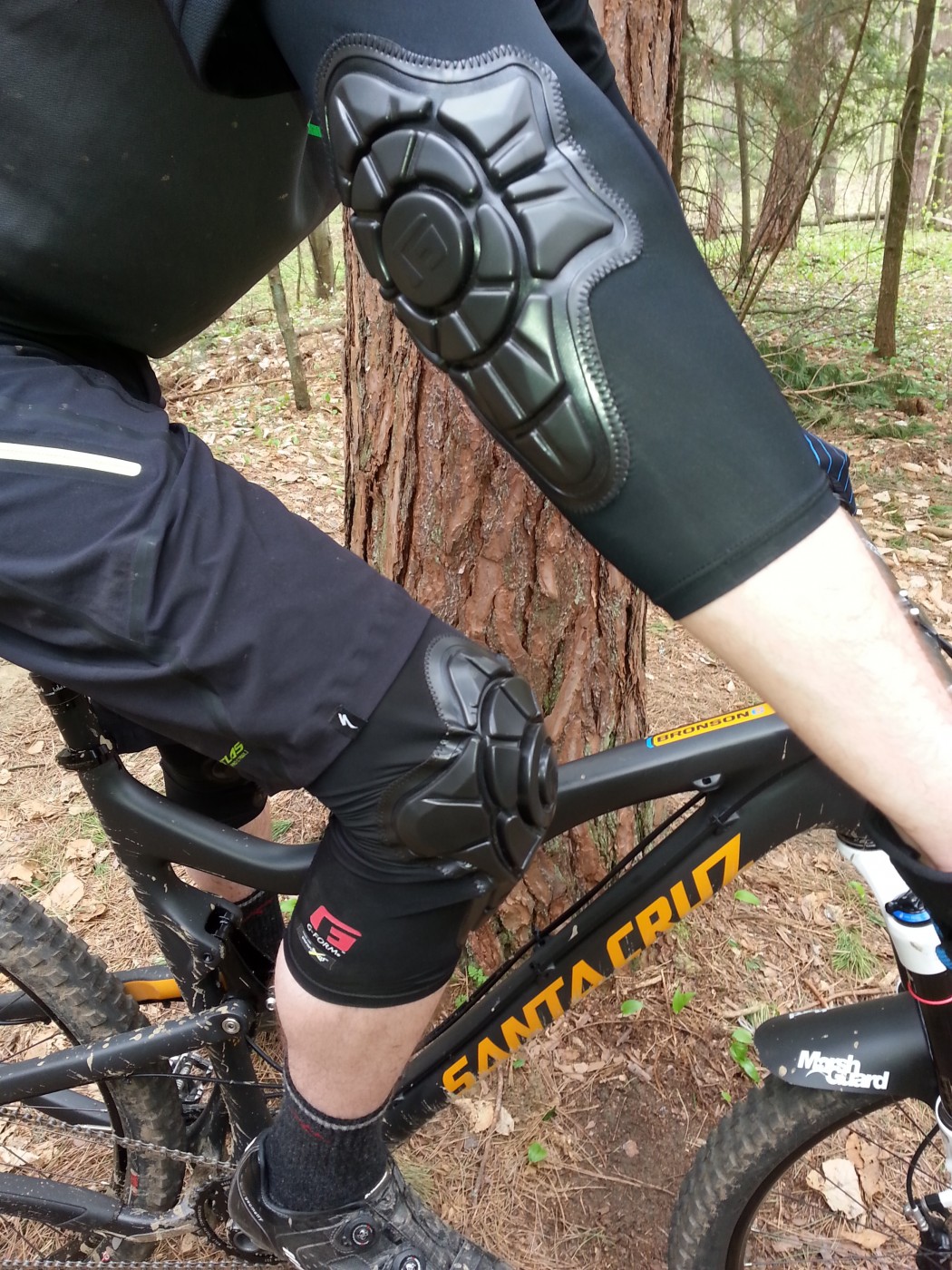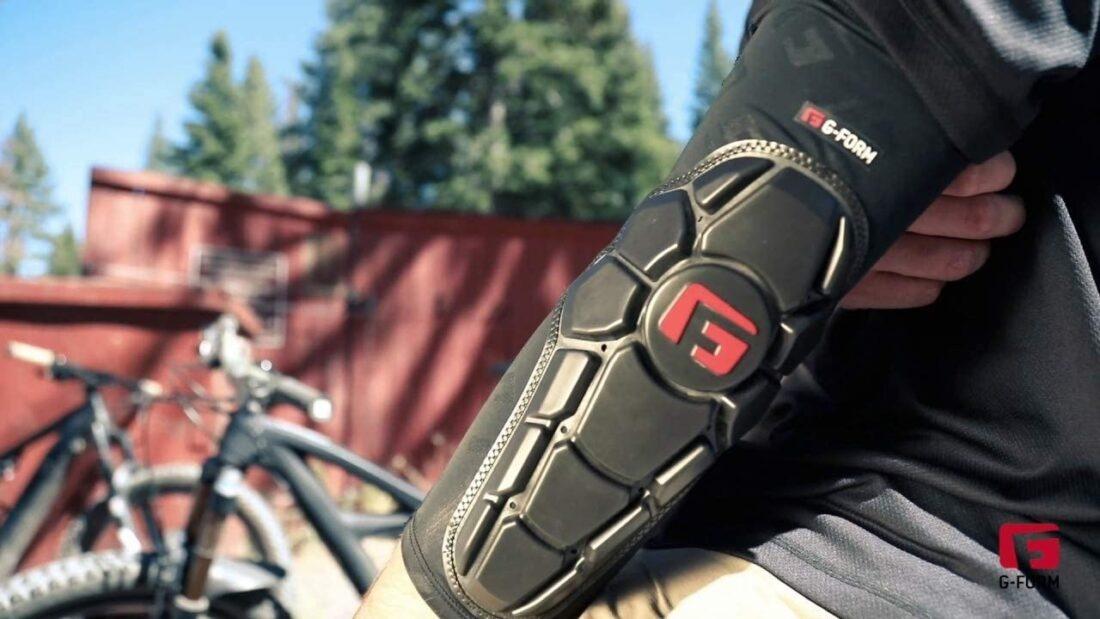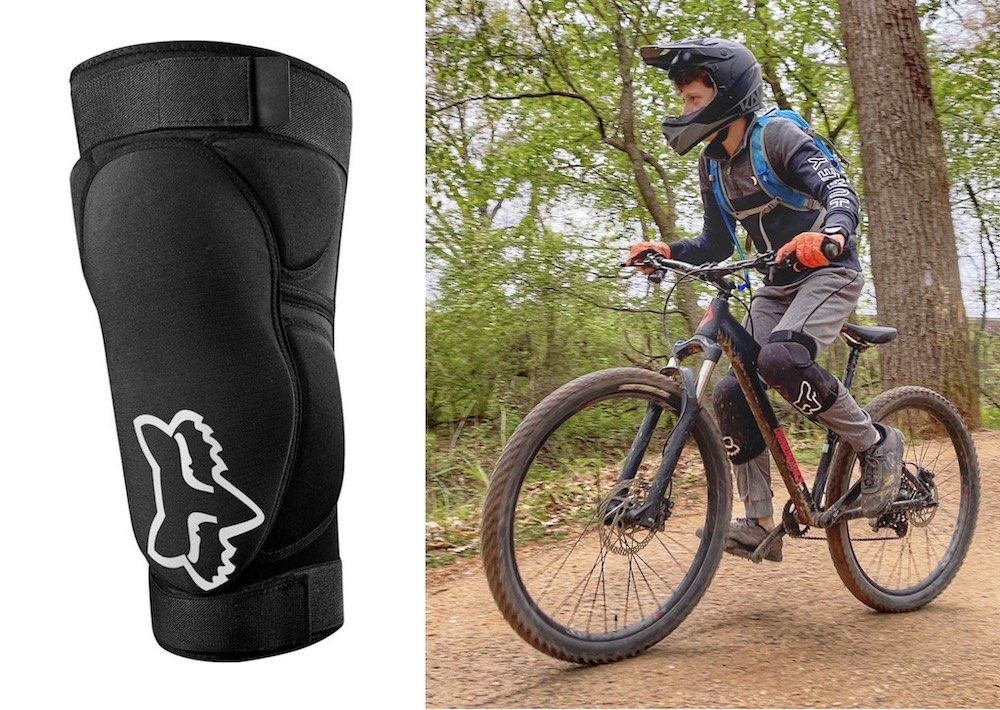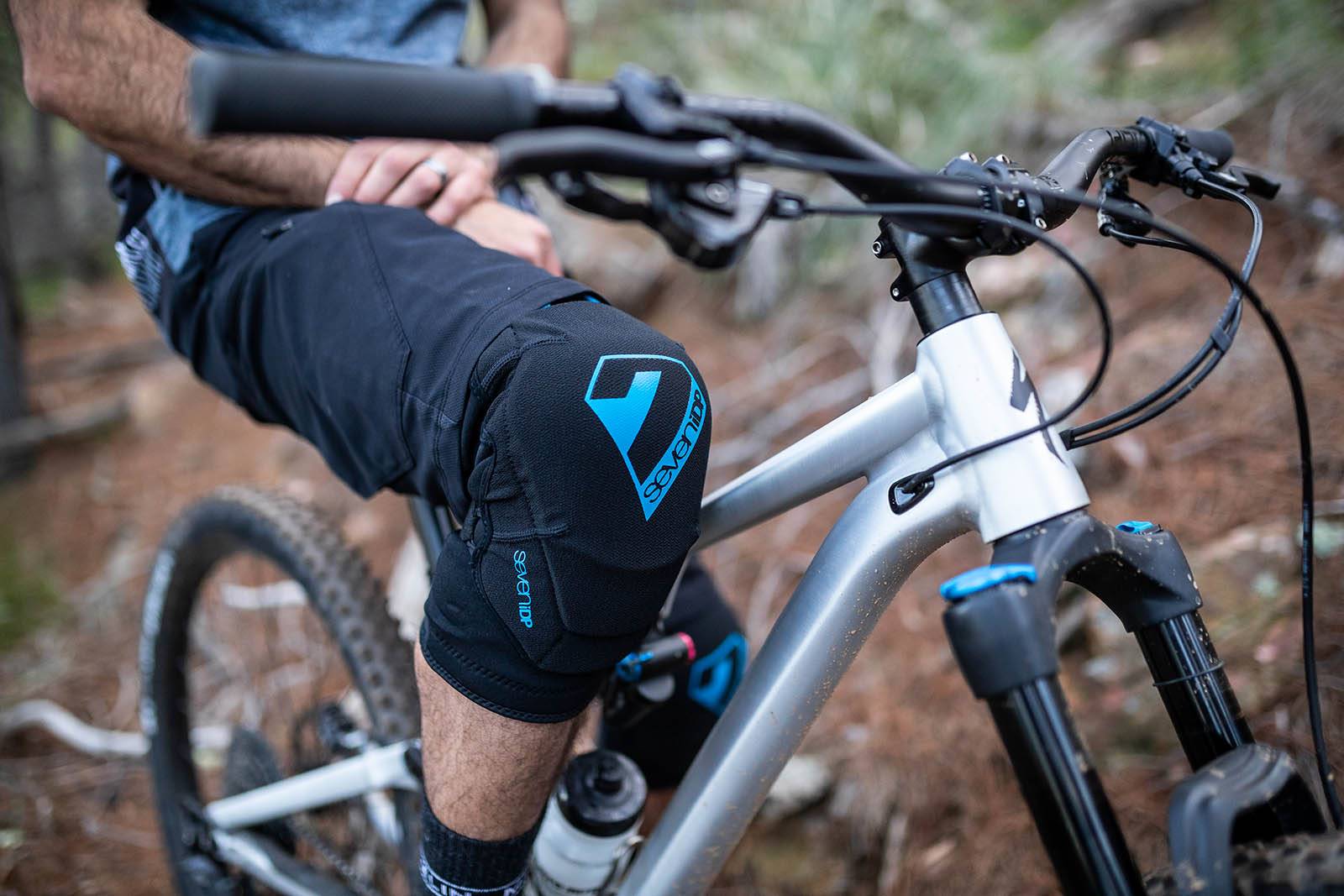Why Elbow and Knee Protection Matters for Cyclists
Cycling is a popular recreational activity and competitive sport that offers numerous physical and mental health benefits. However, like any other sport, it also comes with its share of risks and injuries. One of the most common types of injuries cyclists experience is elbow and knee damage, which can be painful, costly, and debilitating. This is where bike elbow and knee pads come into play, providing essential protection for cyclists of all levels.
According to various studies, elbow and knee injuries are among the most common types of injuries cyclists experience, accounting for up to 20% of all cycling-related injuries. These injuries can range from minor scrapes and bruises to more serious conditions like fractures, ligament sprains, and tendonitis. In severe cases, elbow and knee injuries can even lead to long-term damage, chronic pain, and limited mobility.
The good news is that many of these injuries can be prevented or minimized by wearing bike elbow and knee pads. These protective gear are specifically designed to absorb impact, reduce friction, and provide cushioning to the elbows and knees. By wearing bike elbow and knee pads, cyclists can significantly reduce their risk of injury and enjoy a safer, more confident ride.
In addition to preventing injuries, bike elbow and knee pads can also provide comfort and support during long rides. Many modern pads feature advanced materials, ergonomic designs, and ventilation systems that help keep the skin cool and dry. This can be especially beneficial for cyclists who ride in hot or humid weather conditions.
Overall, bike elbow and knee pads are an essential piece of safety gear for cyclists of all levels. By understanding the risks of elbow and knee injuries and taking steps to prevent them, cyclists can enjoy a safer, more enjoyable ride and reduce their risk of long-term damage.
How to Choose the Right Elbow and Knee Pads for Your Ride
With so many bike elbow and knee pads on the market, choosing the right ones for your ride can be overwhelming. However, by considering a few key factors, you can find the perfect pads to keep you safe and comfortable on the road or trail.
First and foremost, consider the type of riding you’ll be doing most often. If you’re a road cyclist, you’ll want pads that are lightweight, breathable, and provide a snug fit. For mountain biking, you’ll want pads that offer more protection and durability, with features like reinforced padding and abrasion-resistant materials.
Next, think about the level of protection you need. If you’re a beginner or ride in areas with rough terrain, you’ll want pads with more substantial padding and a harder shell. If you’re a more experienced rider, you may prefer pads with a softer shell and less padding for a more comfortable fit.
Fit is also crucial when it comes to bike elbow and knee pads. Look for pads with adjustable straps and a secure closure system to ensure a snug, comfortable fit. You should also consider the material of the pads, with options like neoprene, foam, and hard plastic offering varying levels of protection and comfort.
Another important factor to consider is ventilation. If you ride in hot or humid weather, look for pads with breathable materials and ventilation systems to keep you cool and dry. Some pads also feature moisture-wicking fabrics and antimicrobial treatments to prevent the growth of bacteria and odor-causing microorganisms.
Finally, consider the brand and quality of the pads. Look for reputable brands that specialize in cycling gear, and read reviews from other riders to get a sense of the pads’ performance and durability.
By considering these factors, you can find the perfect bike elbow and knee pads for your ride and enjoy a safer, more comfortable cycling experience.
Top Picks: Reviews of the Best Bike Elbow and Knee Pads
With so many bike elbow and knee pads on the market, it can be difficult to know which ones to choose. To help you make an informed decision, we’ve reviewed and compared some of the best bike elbow and knee pads from top brands like Pearl Izumi, Specialized, and 7 Protection.
Pearl Izumi’s Elite Elbow and Knee Pads are a top choice among cyclists. These pads feature a hard shell design with a soft, breathable interior and a secure closure system. They’re perfect for road cyclists who need a high level of protection without sacrificing comfort.
Specialized’s Atlas Elbow and Knee Pads are another popular option. These pads feature a hybrid design with a combination of hard and soft shell materials. They’re designed for mountain biking and offer a high level of protection and durability.
7 Protection’s Sam Hill Elbow and Knee Pads are a favorite among downhill and enduro riders. These pads feature a hard shell design with a focus on protection and durability. They’re perfect for riders who need a high level of protection and don’t mind a slightly bulkier design.
We’ve also reviewed and compared other popular bike elbow and knee pads from brands like Fox Racing, Troy Lee Designs, and POC. While each of these pads has its own unique features and benefits, they all share a common goal: to provide cyclists with the protection and comfort they need to ride with confidence.
When choosing the best bike elbow and knee pads for your ride, consider the type of riding you’ll be doing, the level of protection you need, and the features that are most important to you. With so many great options on the market, you’re sure to find the perfect pads to keep you safe and comfortable on the road or trail.
In addition to our top picks, we’ve also included a comparison chart to help you quickly and easily compare the features and benefits of each pad. Whether you’re a road cyclist, mountain biker, or just starting out, we’ve got you covered with the best bike elbow and knee pads on the market.
Understanding the Different Types of Elbow and Knee Pads
When it comes to bike elbow and knee pads, there are several types to choose from, each with its own unique features and benefits. Understanding the differences between these types can help you make an informed decision when selecting the best pads for your ride.
Hard shell elbow and knee pads are designed for high-impact protection and are typically used by downhill and enduro riders. These pads feature a hard plastic shell that provides excellent protection against abrasions and impacts. However, they can be bulky and may not provide the same level of comfort as other types of pads.
Soft shell elbow and knee pads, on the other hand, are designed for comfort and flexibility. These pads feature a soft, padded design that provides excellent comfort and mobility. However, they may not provide the same level of protection as hard shell pads and are typically used by road cyclists and cross-country riders.
Hybrid elbow and knee pads combine the best of both worlds, offering a hard shell exterior with a soft, padded interior. These pads provide excellent protection and comfort, making them a popular choice among mountain bikers and trail riders.
In addition to these main types, there are also several sub-types of elbow and knee pads, including sleeve-style pads, strap-style pads, and pad-style pads. Sleeve-style pads are designed to be worn like a sleeve, providing a snug, comfortable fit. Strap-style pads feature adjustable straps that allow for a customizable fit. Pad-style pads are designed to be worn like a pad, providing a more traditional fit.
When choosing the right type of elbow and knee pads, consider the type of riding you’ll be doing, the level of protection you need, and the features that are most important to you. By understanding the differences between these types, you can make an informed decision and find the perfect pads to keep you safe and comfortable on the road or trail.
It’s also important to consider the materials used in the construction of the pads. Look for pads made with breathable, moisture-wicking materials that will help keep you cool and dry. Additionally, consider the padding and ventilation systems used in the pads, as these can greatly impact the overall comfort and performance of the pads.
The Science Behind Elbow and Knee Pad Design
When it comes to bike elbow and knee pads, the design and technology behind them play a crucial role in providing effective protection and comfort. In this section, we’ll delve into the science behind elbow and knee pad design, exploring the materials, padding, and ventilation systems that make them effective.
Materials are a critical component of elbow and knee pad design. The type of material used can greatly impact the level of protection and comfort provided. For example, hard shell materials like polypropylene and polyethylene are often used in high-impact areas, such as the elbows and knees, to provide maximum protection. Soft shell materials like foam and gel are used in areas that require more flexibility and comfort.
Padding is another essential element of elbow and knee pad design. The type and amount of padding used can greatly impact the level of comfort and protection provided. For example, some pads feature thick, dense padding that provides maximum protection, while others feature thinner, more flexible padding that provides a more comfortable fit.
Ventilation systems are also an important consideration in elbow and knee pad design. These systems help to keep the skin cool and dry by allowing air to circulate and moisture to escape. This can greatly impact the overall comfort and performance of the pads.
In addition to materials, padding, and ventilation systems, elbow and knee pad design also involves a range of other technologies and features. For example, some pads feature adjustable straps and closures that allow for a customizable fit, while others feature reinforced padding and abrasion-resistant materials for added protection.
When it comes to bike elbow and knee pads, the science behind the design is all about finding the perfect balance between protection, comfort, and performance. By understanding the materials, padding, and ventilation systems used in these pads, cyclists can make informed decisions about which pads to choose and how to wear them for maximum benefit.
Some of the most advanced technologies used in elbow and knee pad design include 3D printing, which allows for the creation of complex shapes and structures that provide maximum protection and comfort. Other technologies, such as gel and foam injection, are used to create pads that are both lightweight and highly protective.
Overall, the science behind elbow and knee pad design is a complex and multifaceted field that involves a range of technologies and features. By understanding these technologies and features, cyclists can make informed decisions about which pads to choose and how to wear them for maximum benefit.
Real-World Testing: How Elbow and Knee Pads Perform on the Trail
To get a better understanding of how bike elbow and knee pads perform in real-world conditions, we spoke with several cyclists who have used various pads on the trail. Their feedback and experiences provide valuable insights into the comfort, protection, and durability of these pads.
One cyclist, who has been using the Pearl Izumi Elite Elbow and Knee Pads for several months, reported that they have been extremely comfortable and have provided excellent protection on the trail. “I’ve worn these pads on several long rides and have been impressed with their comfort and protection,” they said. “They’re lightweight, breathable, and have a great fit.”
Another cyclist, who has been using the Specialized Atlas Elbow and Knee Pads, reported that they have been very durable and have withstood several crashes and spills. “I’ve had a few crashes while wearing these pads, and they’ve held up great,” they said. “They’re a bit bulkier than some other pads, but they provide excellent protection and are worth the extra weight.”
A third cyclist, who has been using the 7 Protection Sam Hill Elbow and Knee Pads, reported that they have been very comfortable and have provided excellent protection on the trail. “I’ve worn these pads on several long rides and have been impressed with their comfort and protection,” they said. “They’re lightweight, breathable, and have a great fit.”
Overall, the feedback from these cyclists suggests that bike elbow and knee pads can provide excellent comfort, protection, and durability on the trail. However, it’s also important to note that the performance of these pads can vary depending on the specific model, brand, and type of riding.
In addition to the feedback from these cyclists, we also conducted our own testing of several bike elbow and knee pads. Our testing included a range of activities, such as mountain biking, road cycling, and commuting, and we evaluated the pads based on their comfort, protection, and durability.
Our testing found that the Pearl Izumi Elite Elbow and Knee Pads were among the most comfortable and protective pads we tested. They were lightweight, breathable, and had a great fit, and they provided excellent protection on the trail.
The Specialized Atlas Elbow and Knee Pads were also among the most durable pads we tested. They were a bit bulkier than some other pads, but they provided excellent protection and were worth the extra weight.
Overall, our testing and the feedback from cyclists suggest that bike elbow and knee pads can provide excellent comfort, protection, and durability on the trail. However, it’s also important to note that the performance of these pads can vary depending on the specific model, brand, and type of riding.
Common Mistakes to Avoid When Wearing Elbow and Knee Pads
While bike elbow and knee pads are an essential piece of safety gear for cyclists, there are several common mistakes to avoid when wearing them. By being aware of these mistakes, cyclists can ensure that they get the most out of their gear and stay safe on the road or trail.
One of the most common mistakes cyclists make when wearing elbow and knee pads is not adjusting them properly. Elbow and knee pads should be adjusted to fit snugly and comfortably, without being too tight or too loose. If the pads are not adjusted properly, they may not provide adequate protection in the event of a crash or fall.
Another common mistake is not wearing the pads correctly. Elbow and knee pads should be worn with the pads facing the correct direction and the straps securely fastened. If the pads are not worn correctly, they may not provide adequate protection and may even cause discomfort or injury.
Not maintaining the pads properly is also a common mistake. Elbow and knee pads should be regularly cleaned and inspected for damage or wear. If the pads are not maintained properly, they may not provide adequate protection and may even cause discomfort or injury.
Not choosing the right type of pad for the type of riding being done is also a common mistake. Different types of riding require different types of pads, and choosing the wrong type of pad can lead to inadequate protection and discomfort.
Finally, not wearing the pads at all is the biggest mistake of all. Elbow and knee pads are an essential piece of safety gear for cyclists, and not wearing them can lead to serious injury or even death.
By avoiding these common mistakes, cyclists can ensure that they get the most out of their bike elbow and knee pads and stay safe on the road or trail. Remember to always adjust the pads properly, wear them correctly, maintain them regularly, choose the right type of pad for the type of riding being done, and always wear them when cycling.
Conclusion: Stay Safe and Protected on Your Next Ride
In conclusion, bike elbow and knee pads are an essential piece of safety gear for cyclists. By wearing these pads, cyclists can protect themselves from serious injury and enjoy a safer, more confident ride.
As we’ve discussed throughout this article, there are many different types of bike elbow and knee pads available, each with its own unique features and benefits. By understanding the differences between these types of pads and choosing the right one for your ride, you can ensure that you’re getting the best possible protection.
In addition to choosing the right type of pad, it’s also important to properly wear and maintain your bike elbow and knee pads. By following the tips and guidelines outlined in this article, you can ensure that your pads are working effectively and providing you with the best possible protection.
Finally, remember that bike elbow and knee pads are just one part of a comprehensive safety plan. By combining these pads with other safety gear, such as a helmet and gloves, you can enjoy a safer, more protected ride.
So why wait? Invest in a good pair of bike elbow and knee pads today and start enjoying the many benefits of safe and protected cycling. Your joints will thank you!







